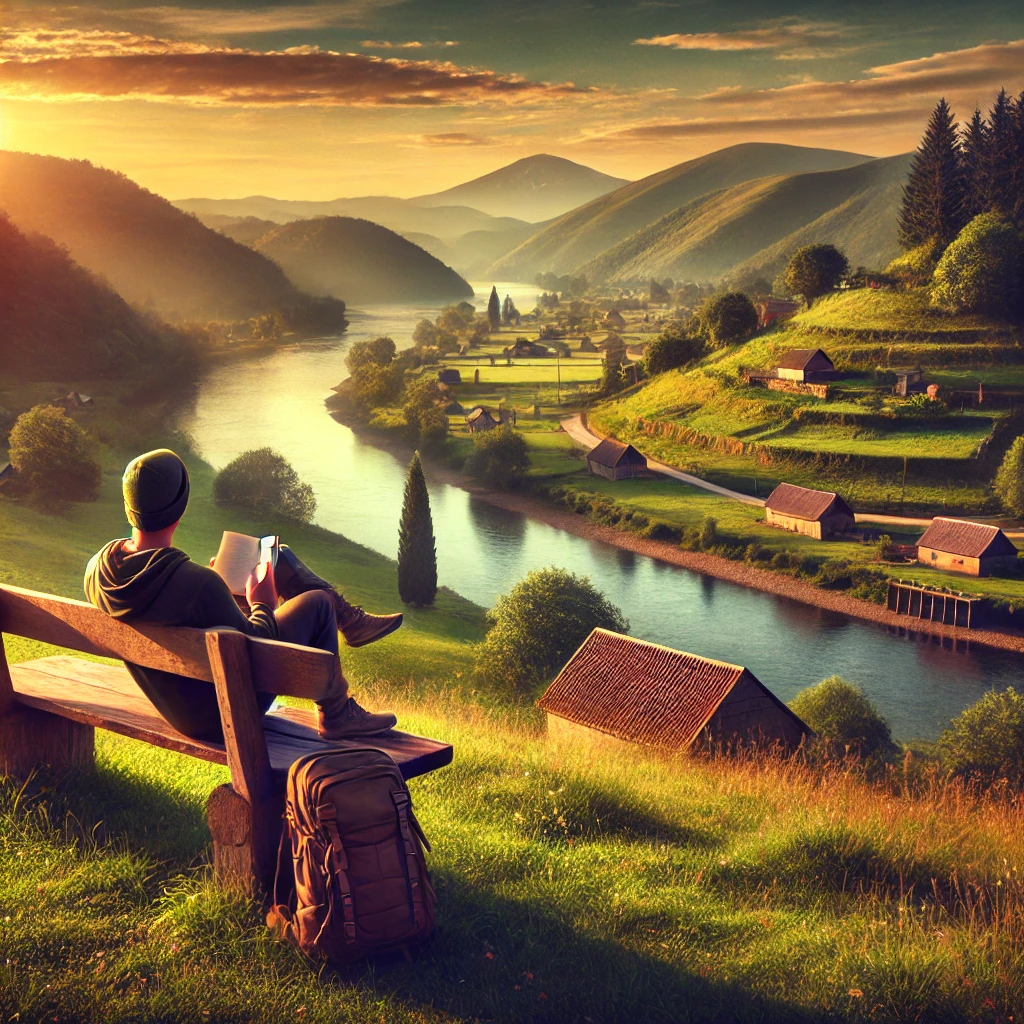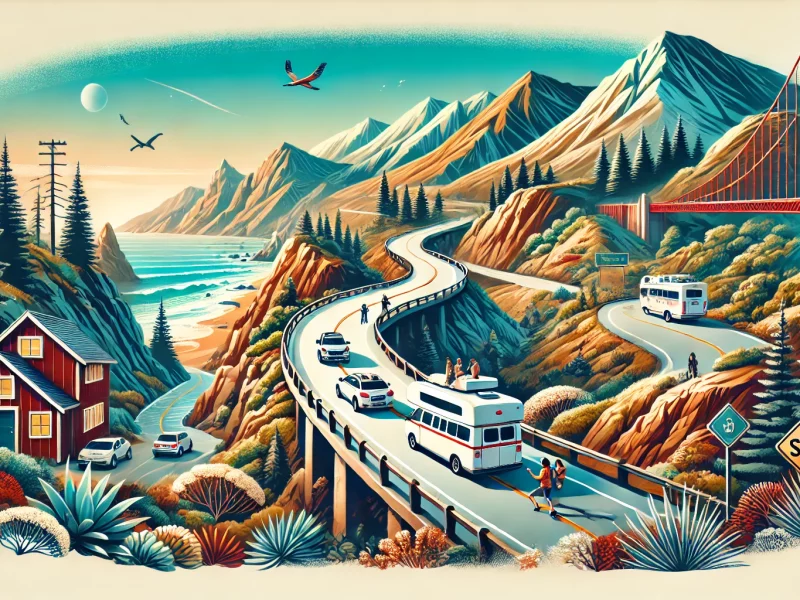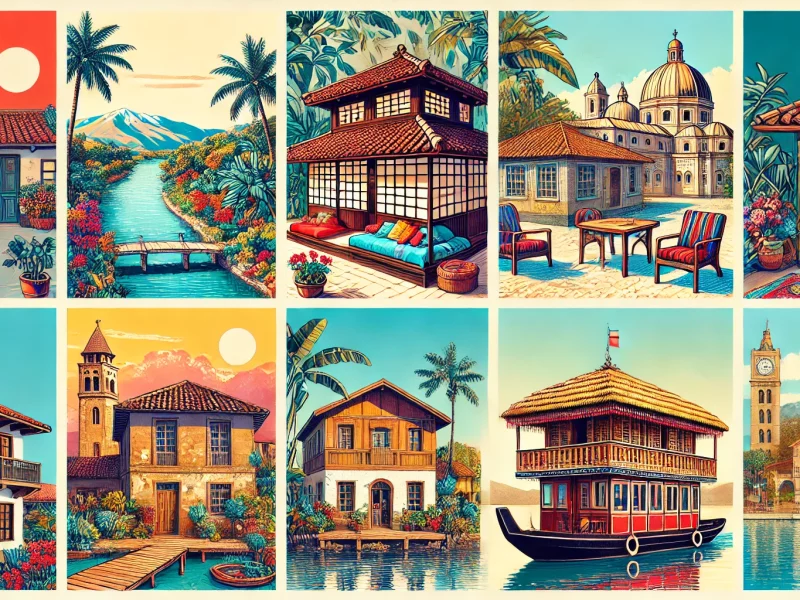Introduction: What Is Slow Travel?
In a world where speed is prioritized, from fast food to express shipping, travel has also fallen into the trap of rushing from one destination to another. However, a new movement is gaining momentum—slow travel. This approach emphasizes meaningful experiences, deeper connections, and an unhurried pace that allows travelers to fully absorb their surroundings. Rather than ticking off popular attractions in a hurry, slow travel is about embracing the journey itself.
The Philosophy Behind Slow Travel
Slow travel is more than just taking things at a leisurely pace; it is a mindset that values quality over quantity. It encourages travelers to engage with local cultures, support sustainable tourism, and form authentic connections with people they meet along the way. Instead of booking a jam-packed itinerary, slow travelers prefer to spend longer in fewer places, allowing for a richer and more immersive experience.
Benefits of Slow Travel
1. A Deeper Cultural Experience
By staying in one location for an extended period, you have the opportunity to understand the traditions, cuisine, and daily life of locals. Whether it’s shopping at a neighborhood market, joining a local festival, or learning a few phrases in a new language, slow travel fosters deeper cultural appreciation.
2. Less Stress, More Enjoyment
Rushing from one attraction to another can be exhausting and overwhelming. Slow travel eliminates the pressure to “see it all” and replaces it with a relaxed, enjoyable experience where every moment can be savored.
3. More Meaningful Connections
When you spend more time in a place, you naturally form relationships—with locals, fellow travelers, and even the environment. You might make lifelong friends or discover hidden gems recommended by people who live there.
4. Budget-Friendly Travel
Contrary to popular belief, slow travel can be more affordable than traditional travel. Staying longer in one place often leads to discounted accommodation rates, less money spent on transportation, and the ability to cook your own meals instead of constantly dining out.
5. A Sustainable Way to Travel
Fast tourism often places a heavy burden on the environment and local communities. Slow travel minimizes the carbon footprint by reducing frequent flights, supporting small businesses, and respecting local ecosystems.
How to Embrace Slow Travel
1. Choose Destinations Wisely
Opt for places that allow you to stay for an extended period and offer opportunities for cultural immersion. Small towns, countryside retreats, and historic cities are perfect for slow travelers.
2. Stay in Local Accommodations
Instead of large chain hotels, consider boutique guesthouses, eco-lodges, or homestays. These accommodations provide a more intimate and authentic experience, often with hosts eager to share their knowledge and stories.
3. Travel Overland When Possible
Taking trains, buses, or even cycling instead of flying offers a more scenic and immersive journey. Overland travel allows you to experience the landscapes and communities that are often overlooked when flying.
4. Engage in Local Activities
Rather than visiting mainstream tourist attractions, try activities that locals enjoy—like taking a cooking class, volunteering, or simply spending time in a neighborhood café observing daily life.
5. Adopt a Flexible Itinerary
Instead of planning every hour of your trip, allow room for spontaneity. Some of the best travel experiences come from unexpected discoveries, like stumbling upon a local celebration or making a new friend who invites you to a special event.
Overcoming Challenges of Slow Travel
Slow travel is not without its challenges. It requires patience, adaptability, and a shift in expectations. Some may struggle with the idea of spending extended time in one place, while others may find it difficult to disconnect from their fast-paced routines. However, the rewards far outweigh the challenges, offering a fulfilling and transformative way to explore the world.
Conclusion: The Joy of Traveling Slowly
In an era where speed is often equated with success, slow travel is a refreshing reminder that the best experiences come when we take the time to truly connect with our surroundings. By embracing the art of slow travel, we not only enrich our journeys but also create lasting memories that are far more meaningful than a rushed checklist of attractions. So next time you plan a trip, consider slowing down—you might just discover a whole new way to travel.


